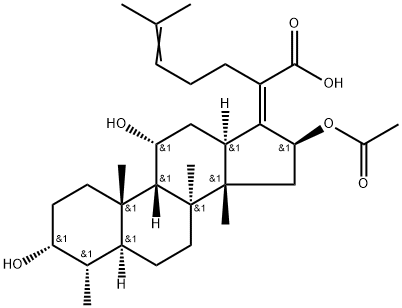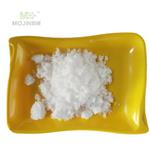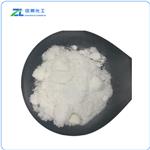Fusidic acid forms a stable complex with an elongation factor (EF-G) involved in translocation and with guanosine triphosphate (GTP), which provides energy for the translocation process. One round of translocation occurs, with hydrolysis of GTP, but the fusidic acid–EF-G–GDP complex cannot dissociate from the ribosome, thereby blocking further chain elongation and leaving peptidyl-tRNA in the P site.
Although protein synthesis in Gram-negative bacilli–and, indeed, mammalian cells–is susceptible to fusidic acid, the antibiotic penetrates poorly into these cells and the spectrum of action is virtually restricted to Gram-positive bacteria, notably staphylococci.
Fusidic acid is a 3alpha-hydroxy steroid, an 11alpha-hydroxy steroid, a sterol ester, a steroid acid, an alpha,beta-unsaturated monocarboxylic acid and a steroid antibiotic. It is a conjugate acid of a fusidate. Fusidic acid has an asteroid-type structure, as do some other antibiotics produced by fungi, but does not possess any steroid activity. The structure is thought to be responsible for the steroid-like high penetration.
Fusidic Acid: An Inhibitor of the Elongation Factor G (EF-G)
Fusidic acid is a steroidal antibiotic compound derived from the fungus Fusidium coccineum. The elongation factor G (EF-G) catalyzes the translocation of the tRNA and mRNA down the ribosome at the end of each round of polypeptide elongation. Fusidic acid binds to EF-G, preventing its release from the ribosome, thus stalling bacterial protein synthesis. Fusidic acid is mainly notable for its activity against staphylococci, whether or not they are resistant to methicillin and related penicillins. Fusidic acid was found in the culture broth of a fungus imperfectus, Fusidium coccineum, by Leo in 1962. It has a steroid structure but shows no hormonal activity.
Fusidic acid is a bacteriostatic antibiotic. Fusidic Acid suppresses nitric oxide lysis of pancreatic islet cells. Inhibits protein synthesis in prokaryotes by inhibiting the ribosome-dependent activity of G factor and translocation of peptidyl-tRNA. Dyes and metabolites.
ChEBI: A steroid antibiotic that is isolated from the fermentation broth of Fusidium coccineum.
Fucidine (Bristol-Myers Squibb).
Moderately toxic inhibitor of translocation
during protein synthesis.
Fusidic acid shows very strong activity against Staphy lococcus aureus and weak activity against other gram-positive bacteria and gram-negative cocci and Mycobacterium.
Fusidic acid is a tetracyclic triterpenoid with antibiotic activity against Gram-positive bacteria. It is derived from Fusidium coccineum. It shows its activity against anaerobes, corynebacterial, Nocardia, and Neisseria species. Fusidic acid exhibits therapeutic effects against Staphylococcal infections, skin infections.



